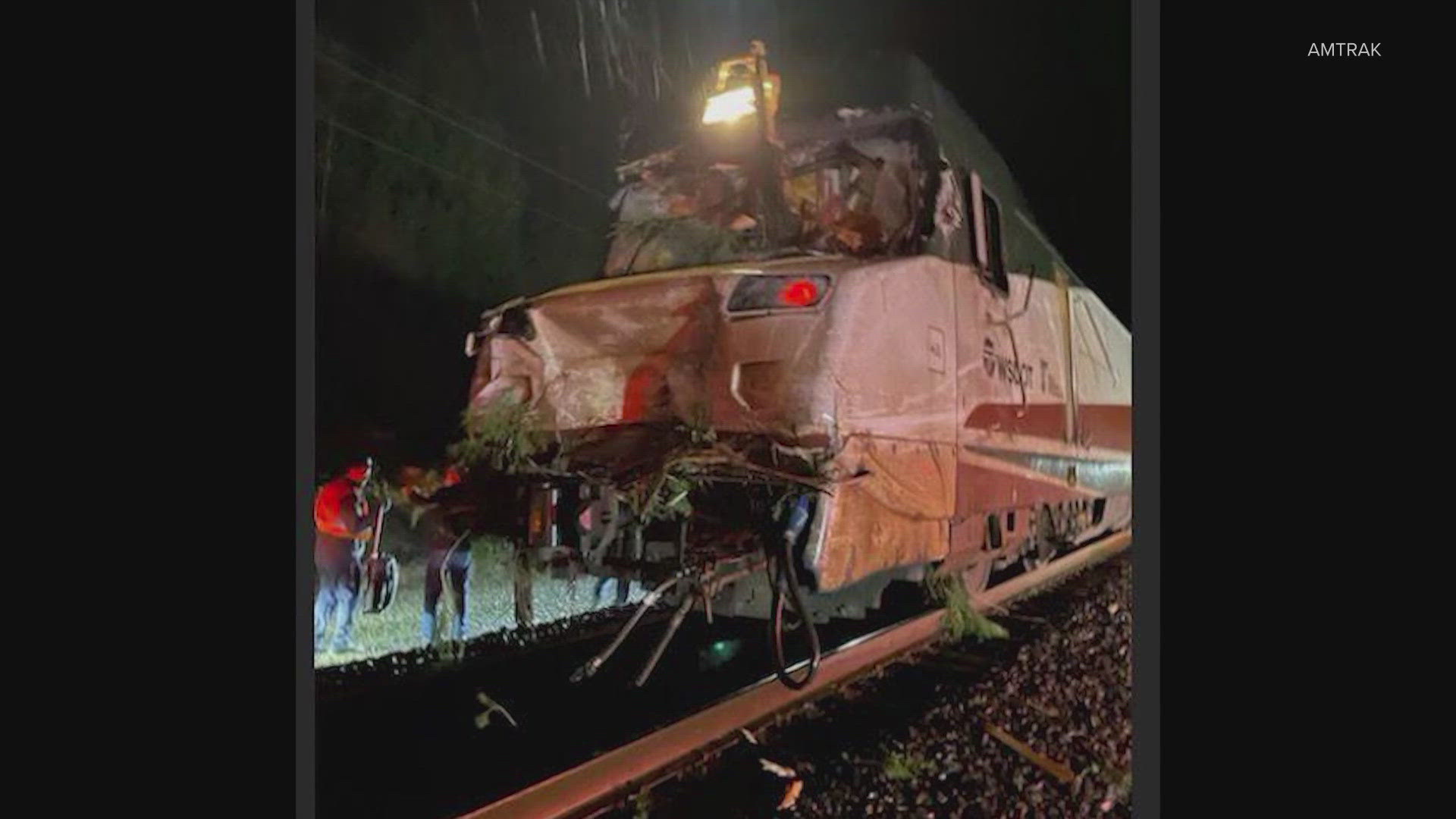To some, the Washington State Ferry system is a part of their daily commute. To others, a ferry ride is one of the must-do activities with visitors from out of town. But for just about everyone, the iconic ferries are a source of Pacific Northwest pride.
Captain Chris Beres started out in the ferry system as a deckhand more than 40 years ago, working the cabin, mopping the floors and cleaning bathrooms. Now he guides the M/V Chimacum from Seattle to Bremerton and back four times a day. It’s an office view not many people can relate to.
“The natural beauty, looking out the window and every once in a while you’ll see a pod of killer whales. People get all excited, seeing whales and other sea life out here,” he said.
He added that some people are actually surprised to learn the ferries don’t run on cables.
“They don’t think we physically operate these boats the way we do. But it takes a certain level of skill, and each vessel seems to have its own personality," said Beres.
Washington State Ferry spokesman Ian Sterling shared something else that may be a surprise to some: The people that help guide your car onto the ferries are all highly-trained merchant mariners, able to do everything from operating equipment on the boat to assisting in medical emergencies or even helping with rescues at sea.
The system carries about 50% more passengers in the summer as tourists seek to take in the scenery of the Puget Sound or enjoy island life in the San Juan Islands for a few days, enjoying a snack from the galley or a nap along the way. You may even stumble across jigsaw puzzles randomly scattered about on a table in the passenger deck.
Sterling says that ferry tradition started on the longer runs in the San Juans when riders would leave the puzzles aboard for other riders to enjoy as a relaxing way to pass the time.
But for many of the almost 25 million people who use the ferries, they’re simply a means to get back and forth to work. And that means having to cope the occasional (foot) traffic jams that happen with all the tourists.
Bainbridge Island commuter Bill Smith takes it all in stride.
“It’s great to see all the people," said Smith. "But it can be frustrating when you’re trying to get off the boat and everybody wants to stop and look over the edge, but that helps drive the economy so we can’t complain. “
In fact, Smith even had some fun with this unique experience.
“I call it the ferry shuffle. When you’re trying to get 2,000 people off a boat, the only thing you can do is walk like a penguin, and people walk along and do the ferry shuffle. So I wrote a song called ‘The Ferry Shuffle’ and made it into a little music video.”
Whether it’s helping commuters or tourists get around the scenic Puget Sound, Captain Beres says he’s most proud of the ferry system’s safety record. And he knows one thing about his job is certain: “I feel like I’m luckier than most people.”
5 facts about Washington State Ferries
- The Washington State Ferry system was created in 1951 and is the third largest transit system in the state, behind King County Metro and Sound Transit.
- There are currently 22 auto-passenger ferries in the fleet, with a new Olympic Class vessel, the Suquamish, set to enter service later this fall.
- Some boats that are still in use were built in the 1950s and use surplus drive motors from WWII destroyers.
- There are 10 routes, 20 terminals and 400-500 sailings per day, with boats in service for more than 20 hours each day.
- The Seattle-Bainbridge route carries the most passengers, with more the 6.5 million annual riders. Mulkiteo-Clinton carries the most vehicles each year, at more than 2.1 million.

